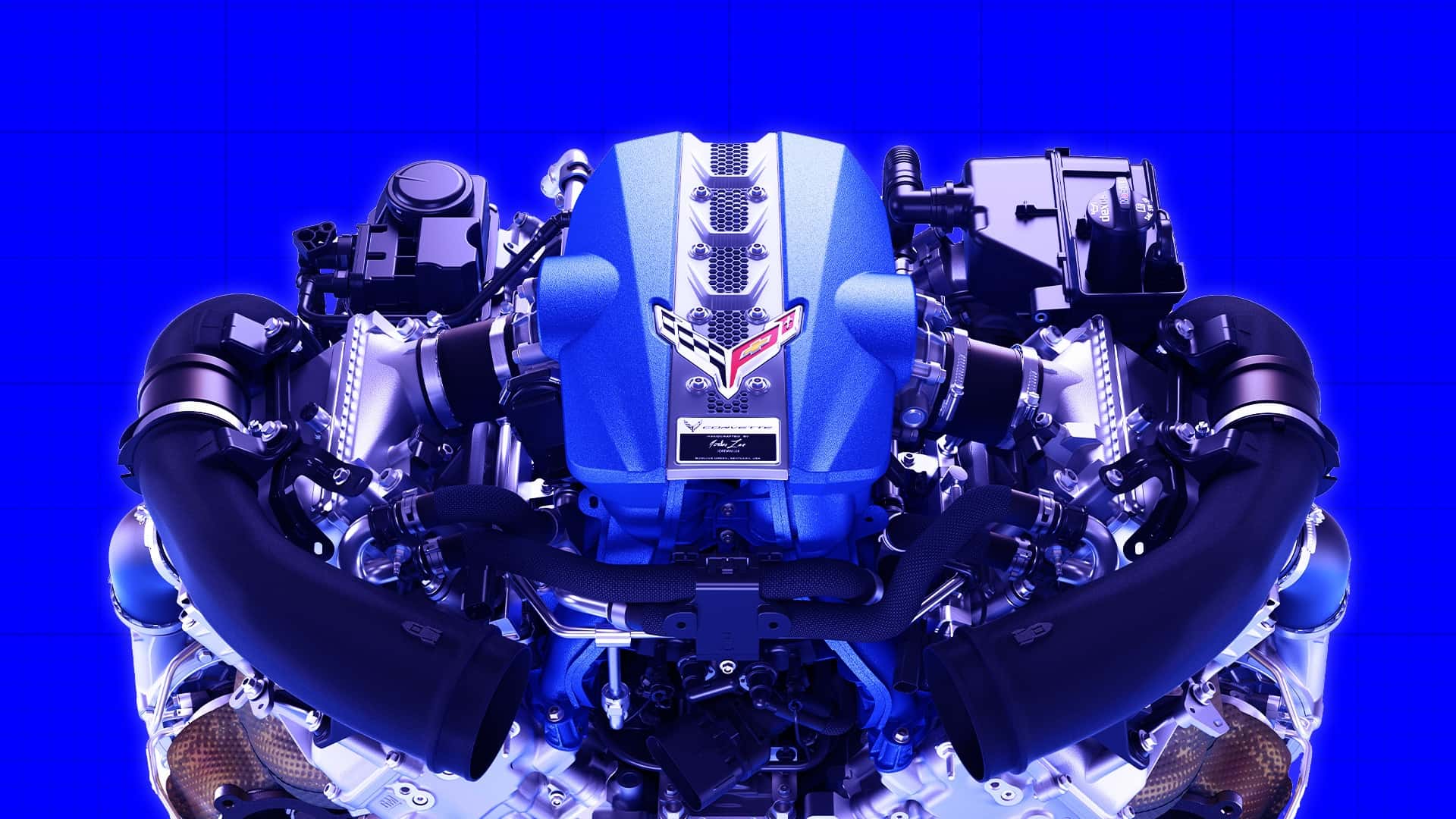
DEEP DIVE: CORVETTE ENGINEERS REVEAL THE ZR1'S SECRETS
We talk engineering with Tadge Jeuchter, executive chief engineer of the new ZR1, and the rest of the Corvette team.
We finally know what the 2025 Chevrolet Corvette ZR1 is: The most powerful iteration of America's sports car ever, with 1,064 horsepower under the driver's right foot thanks to a twin-turbocharged 5.5-liter flat-plane V-8. There's a lot more to it than the big numbers, though. Luckily, we got a chance to talk to several of the lead engineers behind the car, including its executive chief engineer, Tadge Juechter.
The C8 ZR1 is the last Corvette to be unveiled under Juechter's watch, and as such, it's a special beast. As he explains, it's been tough keeping it all under wraps.
"When the Z06 came out, people were calling this the wishbone," Juechter said, referring to the trim around the Z06's side-mounted radiator inlets. On the C8 ZR1, the "wishbone" was hollowed, its shape modified to feed cool air to the rear brakes, one of several key components from less-powerful Corvettes that were tweaked to accommodate GM's twin-turbocharged monster.
2025 Corvette ZR1 Engine
The Z06's LT6 engine and the ZR1's LT7 are likewise closely related. Some parts on the LT6 were clearly designed to accommodate the ZR1's turbocharging system. The dry sump oil tank, for instance, is common between the two engines; However, it's sculpted to avoid turbocharger plumbing. "If you look at an LT6, there's a weird area that isn't used. And why would we sculpt the tank like that?" Dustin Gardner, assistant chief engineer of the Small Block engine, told us.
Since the Z06 debuted first, this detail and others have been hiding in plain sight the entire time. Similar harder-to-spot details include portions of the engine block itself—an identical casting between the two engines—which are machined differently between the two cars.
What's equally interesting is how much has stayed the same. Every C8 gets the same basic chassis, for instance, just with different unsprung suspension components attached. As a result, every engine must fit in the same space behind the passengers, which was one of the reasons the car went mid-engine.
There's a lot more space in the back for a variety of drivetrains than under the hood, which is what enabled the twin-turbo setup.
"Even though the tires [in the back] are wide, they're set wide," Juechter explained. "So between the inside face of the sidewalls, you still have about [this] much room," he said, referring to an LT7 engine next to him.
That said, the turbocharger's hot sides are still cast as a part of the exhaust manifolds, and everything is tucked right up against the block to get the engine as narrow as possible. If the Corvette was still front-engined, going to turbos would've likely meant a hot-vee configuration, which comes with its own challenges.
"The only motivation to do a hot-vee is... because the engine is in the front. You can't fit turbos on the side of [a V-8] with wheels that turn." Gardner said. "With the mid-engine architecture, we have the room down here on the sides."
All of these details and more—like hints of an even more powerful Corvette—were part of a great discussion with the Corvette team while they whisked me around a full-sized cutaway of a ZR1. And before you watch, yes, I forgot to take off my backpack for the entire thing.
Sorry.
Either way, we talked to everyone from the aforementioned Juecheter and Gardner, as well as Chief Engineer Josh Holder, and more. If you wanna learn more about the ZR1, this is the place to do it.
The New ZR1
2024-07-26T00:13:48Z dg43tfdfdgfd